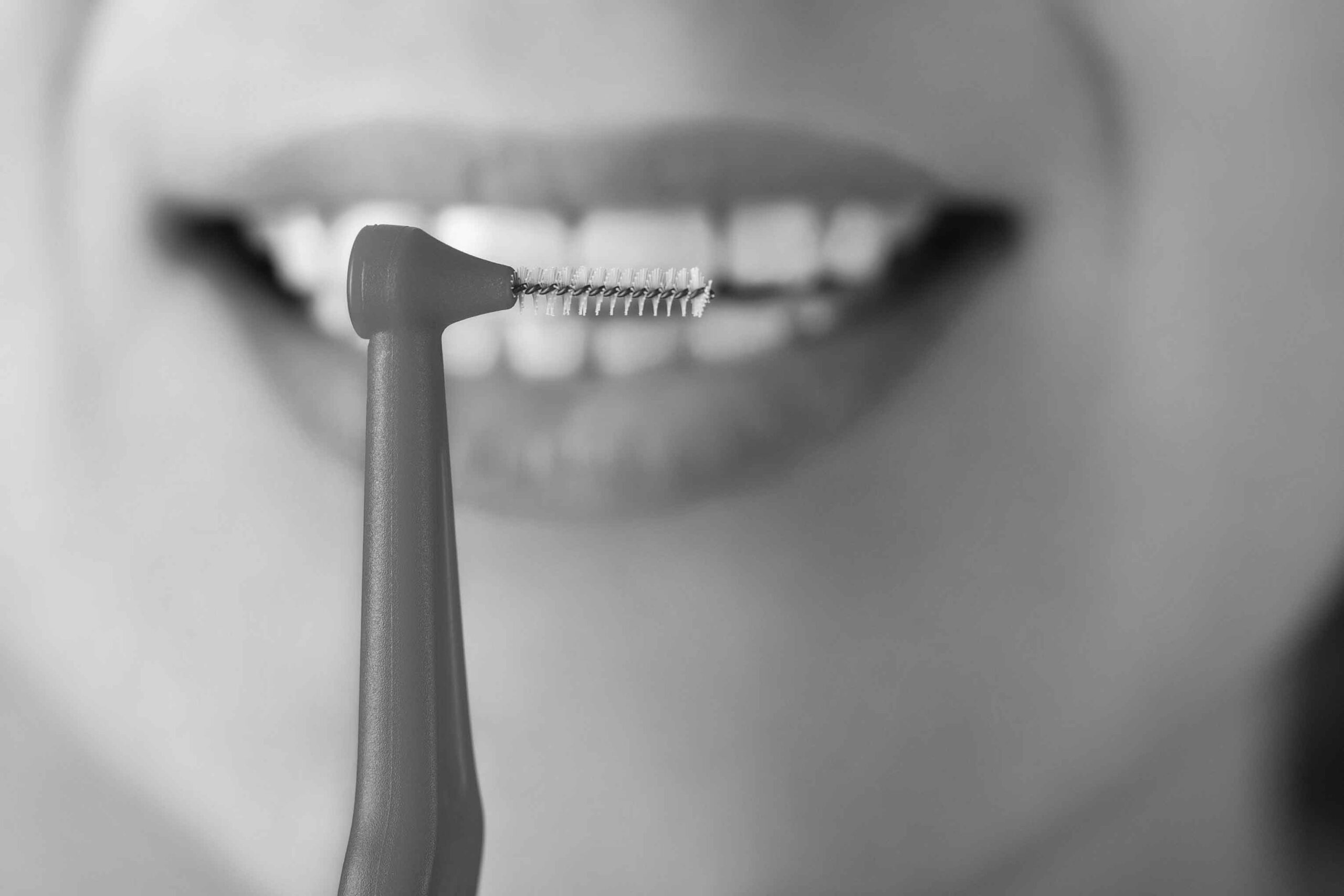Periodontal
Disease
diagnosed with Periodontitis/gum disease
but what is it?
Gum Disease, also known as Periodontal Disease, is an inflammatory disease. Inflammation is part of the body’s natural defence mechanism and in your gums, a response to a build-up of plaque (bacteria) on the teeth. In some patients, this natural inflammatory process is too severe or poorly controlled and the inflammation begins to damage the structures supporting the teeth, namely the gum and surrounding bone.
There are two main forms of gum disease: Periodontal Disease and Gingivitis (inflammation of the gums). Gingivitis is when the gums around the teeth become very red and swollen. However, this is usually curable and reversible. Whereas, long-standing Gingivitis can turn into Periodontal Disease. As a result, the disease gets worse and the bone anchoring the teeth in the jaw is lost, making the teeth loose. Consequently, if this is not treated, the teeth may eventually fall out. In fact, more teeth are lost through periodontal disease than through tooth decay.
Am I likely to suffer from gum disease?
Approximately 10% of the population are severely affected by periodontal disease, but it is thought that milder forms of the disease affect around 80% of people by the age of 60. So, the younger you are diagnosed, the more likely it is that the disease will fall into a more severe category. Furthermore, there appears to be some genetic link with periodontal disease with trends often running in families.
However, the disease develops very slowly in most people, and it can be slowed down to a rate that should allow you to keep most of your teeth for life.

What is the cause of gum disease?
All gum disease is caused by plaque. Plaque is a film of bacteria which forms on the surface of the teeth and gums every day. In conclusion, many of the bacteria in plaque are completely harmless, but there are some that have been shown to be the main cause of gum disease.
Symptoms:
Bleeding gums (spontaneous on brushing or flossing etc)
Loose teeth
Receding gums
Spaces developing or teeth moving positions
Tenderness
Swelling
Redness
Bad breath and taste
Abscesses (pus)
